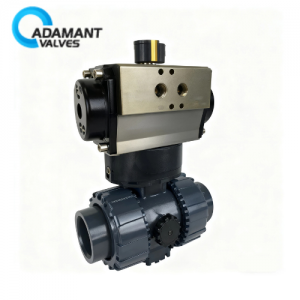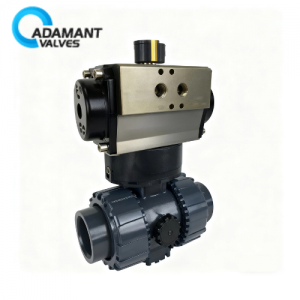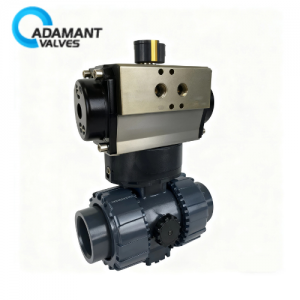What Can We Expect from Sanitary Butterfly Valves?
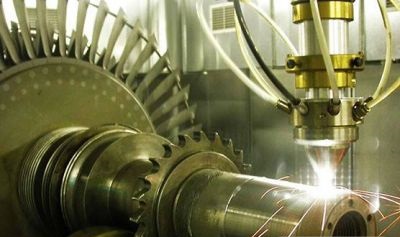
Sanitary butterfly valves are mainly used for the control of dry and bulky materials. Some of these materials are used in the cosmetics, pharmaceutical, food, biotechnology, and chemical industries. Valves are generally designed to meet the stringent requirements of these industries.
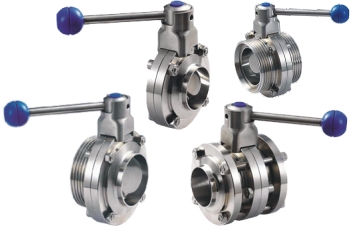
The slender design of sanitary butterfly valves saves space and weight specifications. The valve has a split body design that allows it to be quickly disassembled. The valve can be custom-made to have a crevice-free butterfly disc that can be polished to a mirror finish. This maximizes the flow of materials and the cleanliness of the equipment. To control the flow of solid materials, the design of the value must be easy to detach, disassemble and clean thoroughly. This requires a valve whose design is specifically adapted to these strict health requirements.
The valve has several mounting configuration options that allow it to be attached to the customer’s equipment. The design of butterfly valves may be modified according to the purpose for which they are intended. Some models may be suitable for fragile tablets or capsules, dry powders, or dose control purposes. Designs typically have a manual level of operation to initiate the flow of their content. In some cases, this is replaced by a pneumatic actuator.
There are several techniques that can be used to mount the valves on a customer’s equipment. Direct welding can be applied in cases where the equipment will be operated from the operational area. This could be a pharmacy or a medical unit. The equipment can also be sandwiched between two flanges. This is common in situations involving content that must be mixed or in cases involving the distribution of more than one material.
Another method involves the use of an assembly card and a clamping band. This design takes into account situations that require the valve to be quickly disassembled. A type of Tr-clamp can also be set up for connecting the sanitary butterfly valve. Depending on a customer’s specifications, several types of adapters and transitions can be used to mount the desired equipment.


